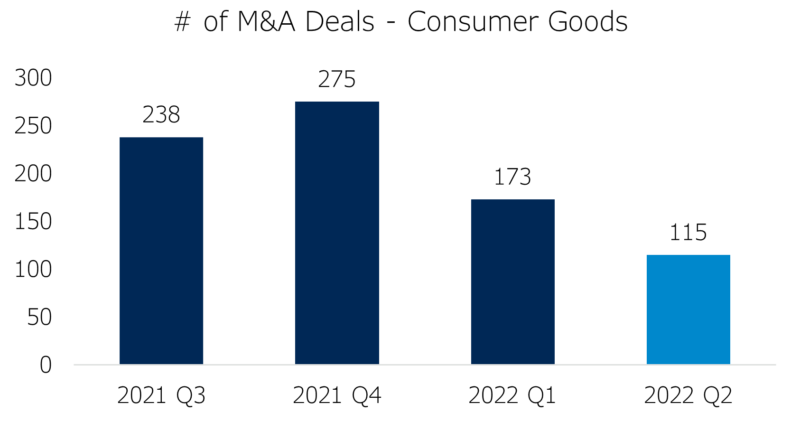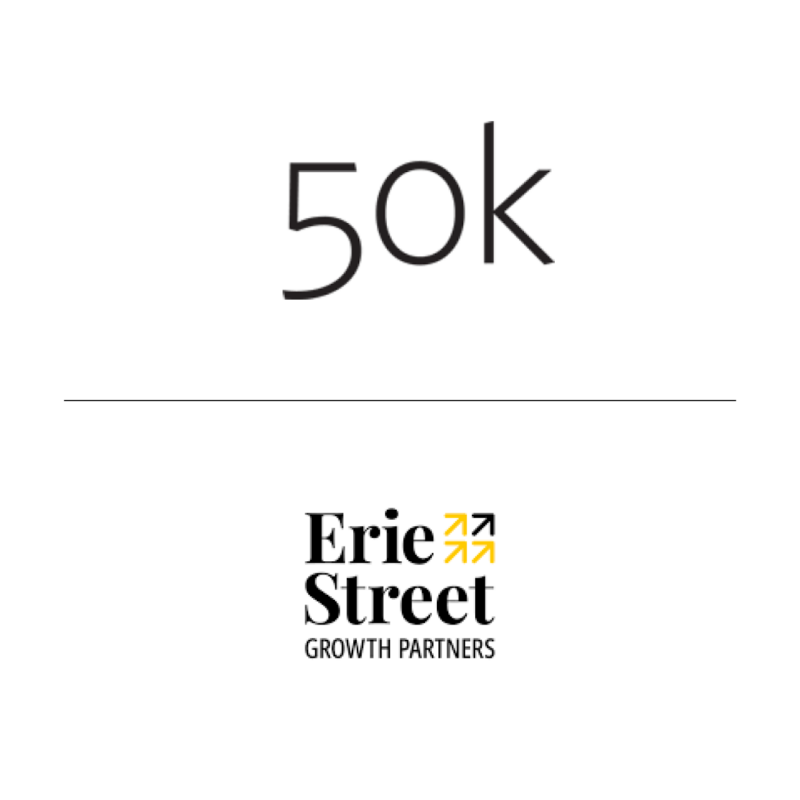July 2022
Market Update: Consumer Product Goods Q2 2022
The consumer goods industry heavily relies on the economy and consumers’ willingness to purchase goods. The Market update combines consumer goods into two categories: durables (longer lifespan) vs. non-durables (shorter lifespan). Over the past two years, large amounts of capital were poured into the economy to fuel consumer demand. The demand, in conjunction with COVID implications, created instability within the supply chain. The net-net is that this proved very difficult to understand consumer businesses. The underlying variables are that investors could not get comfortable with the macro variables within the consumer industry. According to a survey done by Grant Thornton, 57% of respondents indicated that supply chain constraints have delayed or halted M&A plans.
As a result of physical restraints put on the public by the pandemic, consumer behavior has seen a drastic change that has sustained even as the world returns to normalcy. Brick-and-mortar stores are beginning to fall out of favor with companies that have implemented an e-commerce retailing strategy. Over the past decade, total e-commerce retail spending has increased two-fold. The 14.6% pre-pandemic e-commerce share of total retail sales is now up to 21.0%, highlighting both the acceleration COVID has had on this otherwise evolving trend and the importance of businesses in the consumer product industry making this transition.
Focus on consumer skincare and health has sustained as another resulting trend of these pandemic-induced restraints, a shift from the previous popularity of chemical-heavy products. Personal care consumer product firms have seen this as an enticing opportunity to develop organically crafted products, labeling this movement “clean beauty”.




